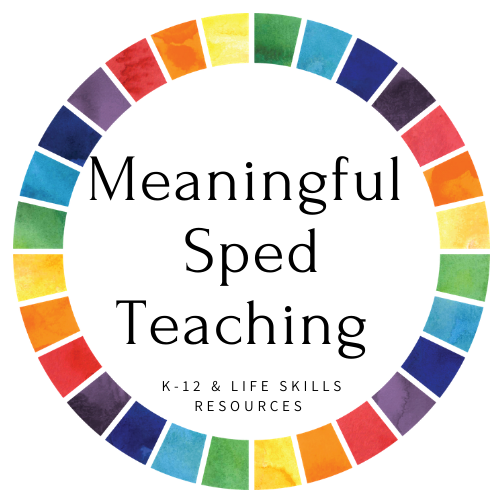
The Power of Coloring: Reducing Stress and Enhancing Social-Emotional Learning in the Classroom
In today's fast-paced world, finding effective strategies to reduce stress and promote social-emotional well-being among students is crucial. One simple yet powerful tool that has gained significant popularity is coloring. Beyond its artistic appeal, coloring offers numerous benefits for students, supporting their overall well-being and enhancing their social-emotional learning skills. In this blog post, we will explore the transformative power of coloring in the classroom and how it can positively impact students' lives.
1. Stress Reduction:
Coloring provides a calming and therapeutic experience for students, helping them unwind and alleviate stress. Engaging in coloring activities activates the brain's relaxation response, reducing anxiety and promoting a sense of tranquility. By focusing on the present moment and the creative process, students can release tension and find solace in coloring, creating a peaceful and harmonious atmosphere in the classroom.

2. Emotional Expression:
Coloring allows students to express their emotions and thoughts through colors and shapes. As they choose different colors and apply them to the coloring pages, they can visually represent their feelings, promoting emotional expression and self-awareness. This process encourages students to identify and articulate their emotions, fostering a deeper understanding of themselves and their peers.

3. Concentration and Focus:
Coloring requires concentration and focus, promoting mindfulness and the development of attention skills. As students engage in coloring activities, they enhance their ability to sustain attention, block out distractions, and stay present in the task at hand. This improved focus transfers to other academic and social settings, supporting students' overall learning and productivity.

4. Social Interaction and Collaboration:
Coloring can be a collaborative and social activity, encouraging students to interact, share ideas, and work together. Group coloring sessions provide opportunities for students to engage in meaningful conversations, build relationships, and develop teamwork skills. Collaborative coloring activities foster a sense of belonging and connectedness among students, enhancing their social-emotional development.

5. Self-Regulation and Emotional Resilience:
Coloring promotes self-regulation skills as students learn to manage their impulses, control their emotions, and exhibit patience. Engaging in coloring activities allows students to practice emotional self-regulation, develop patience as they complete intricate designs, and build resilience as they navigate challenges. These skills are vital for their overall well-being and academic success.
Integrating coloring activities into the classroom can have a profound impact on students' well-being and social-emotional learning. From reducing stress and promoting emotional expression to enhancing concentration and fostering social interaction, coloring provides a holistic approach to supporting students' growth and development. By incorporating coloring as a regular practice in the curriculum, educators can create a nurturing and enriching learning environment that cultivates both academic and emotional success.

Remember to check out our collection of mindfulness coloring resources that are specifically designed to promote stress reduction and enhance social-emotional learning. Let's color our way to a brighter and more resilient future!
